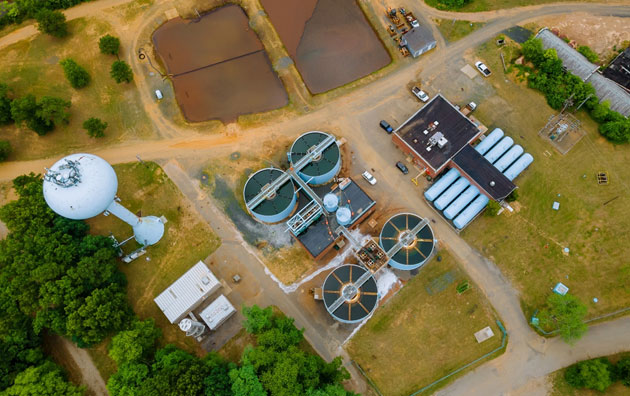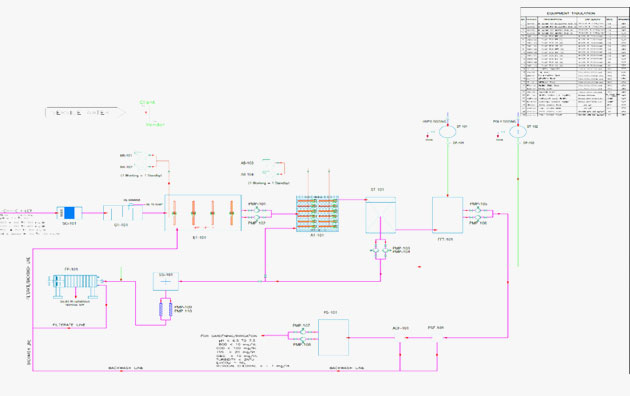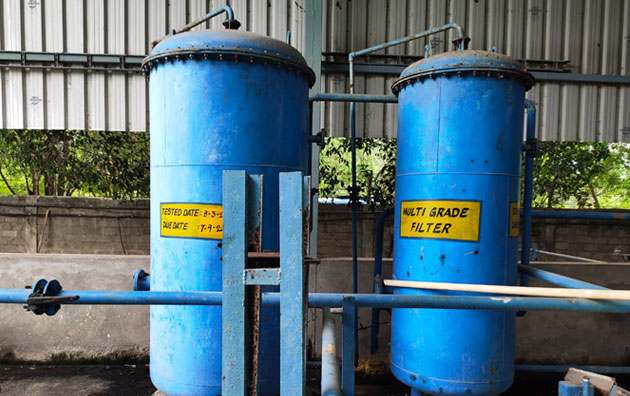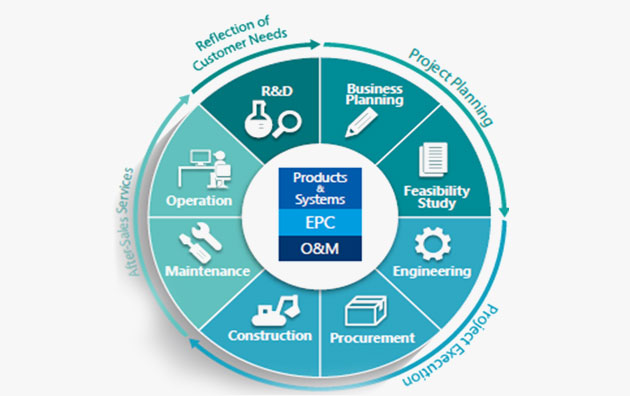
Wastewater refers to all effluent (sewage or liquid waste that is discharged into water bodies either from direct sources or from treatment plants) from household, commercial establishments and institutions, hospitals, industries and so on. It also includes stormwater and urban runoff, agricultural, horticultural and aquaculture effluent.
Wastewater comes from domestic, industrial, commercial or agricultural activities. The composition of wastewater varies widely depending on the source.
Wastewater comes from:
Homes – human and household wastes from toilets, sinks, baths, and drains.
Commercial wastewater comes from non-domestic sources, for example:
Industry, Schools, and Businesses – chemicals and other wastes from factories, food-service operations, airports, shopping centres. This wastewater may contain hazardous materials and requires special treatment or disposal.
Wastewater is guided down the drains and into the sewers that run under the roads. These sewers carry the wastewater to the treatment plants or sewage treatment works.
Sources of industrial wastewater
Almost all industries produce some form of wastewater. Here are some wastewater-heavy industries:
Water as a valuable resource is a challenge that the entire world is facing currently, and potable water shortage may lead to poor health and living standards for the entire world population. Wastewater management covers the aspects of design, building and operation of plants for water treatment and supply, sewerage, wastewater treatment and disposal, and solid waste treatment and disposal.
Wastewater has a lot of impact on the natural world and it is important to treat it effectively. By treating wastewater, you don’t just save the creatures thriving on it, but also protect the planet as a whole.
Wastewater treatment facilities produce wastes that contain many potential contaminants.
Reclaimed wastewater is usually clean enough to be used for irrigation, but usually contains higher concentrations of dissolved solids than the source water.
Also, chlorine-disinfected reclaimed water can contain significant trace amounts of disinfection by-products.

Effluent Treatment Plant- Plant design varies depends upon the Influent.
Chemical or physical treatment plant
Physical waste treatment plants use chemical reactions as well as physical processes to treat wastewater. Physical wastewater treatment plants are mostly used to treat wastewater from industries, factories and manufacturing firms. This is because most of the wastewater from these industries contains chemicals and other toxins that can largely harm the environment.

Sewage Treatment Plant
Also Read: A sneak peek to India’s Wastewater Management system
Biological waste treatment plants use biological matter and bacteria to break down waste matter. Biological treatment systems are ideal for treating wastewater from households and business premises.
Wastewater treatment plant process steps are numerous and heavily depend on the type and extend of the contamination.
Wastewater treatment process consists of a combination of physical, chemical, and biological processes and operations to remove solids, organic matter and, sometimes, nutrients from wastewater.

Preliminary treatment is the removal of coarse solids and other large materials often found in raw wastewater.
Primary treatment is the removal of settleable organic and inorganic solids by sedimentation, and the removal of materials that will float (scum) by skimming.
Secondary treatment is the further treatment of the effluent from primary treatment to remove the residual organics and suspended solids. Secondary (or biological) treatment uses microbes to consume dissolved organic matter that escapes primary treatment, converting it to carbon dioxide, water and energy for microbe growth and reproduction.
Advanced wastewater treatment is employed when specific wastewater constituents which cannot be removed by secondary treatment must be removed. To eliminate specific contaminations to meet regulatory requirements, many plants must resort to special treatment, e.g., the Fenton process to remove non-biodegradable COD.
After the primary treatment stage, the secondary treatment process and advanced treatment process, there are still some diseases causing organisms in the remaining treated wastewater. To eliminate them, the wastewater must be disinfected in tanks that contain a mixture of chlorine and sodium hypochlorite.
The sludge that is produced and collected during the primary and secondary treatment processes requires concentration and thickening to enable further processing.

Industrial sites for light, general and heavy industry build the economy and provide substantial employment opportunities. Industrial waste management practices may pose a significant risk to sensitive water resources.
Appropriate site location, provision of services, wastewater plant design and best operational management practices are needed to minimize this risk. In summary, the wastewater treatment process is one of the most important environmental conservation processes that should be encouraged worldwide.
ACE DYNAMICS is an Indian entity, working on Eco-friendly water harvesting management technology. They design, manufacture, supply, and undertake annual maintenance contracts for water treatment plants, wastewater treatment plants, Effluent treatment plants, Reverse Osmosis systems, Swimming pool filtration units, and Ozone generators under the brand name “BLUE SEA”. Apart from this, they also take on industry-specific Erection, testing & commissioning of Hydro-pneumatic pumping systems.
For more information, you can visit their website Ace Dynamics
Leave a Reply